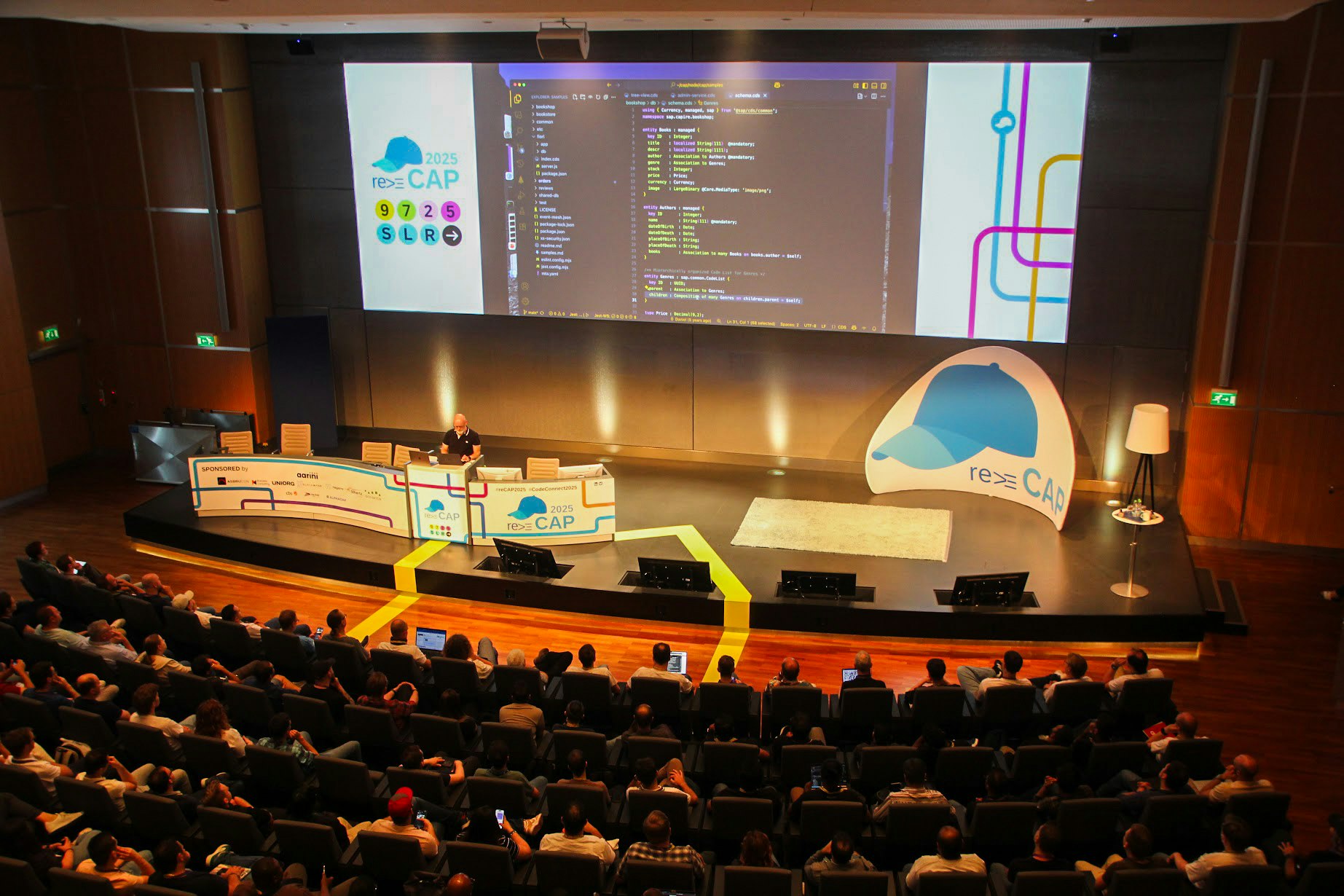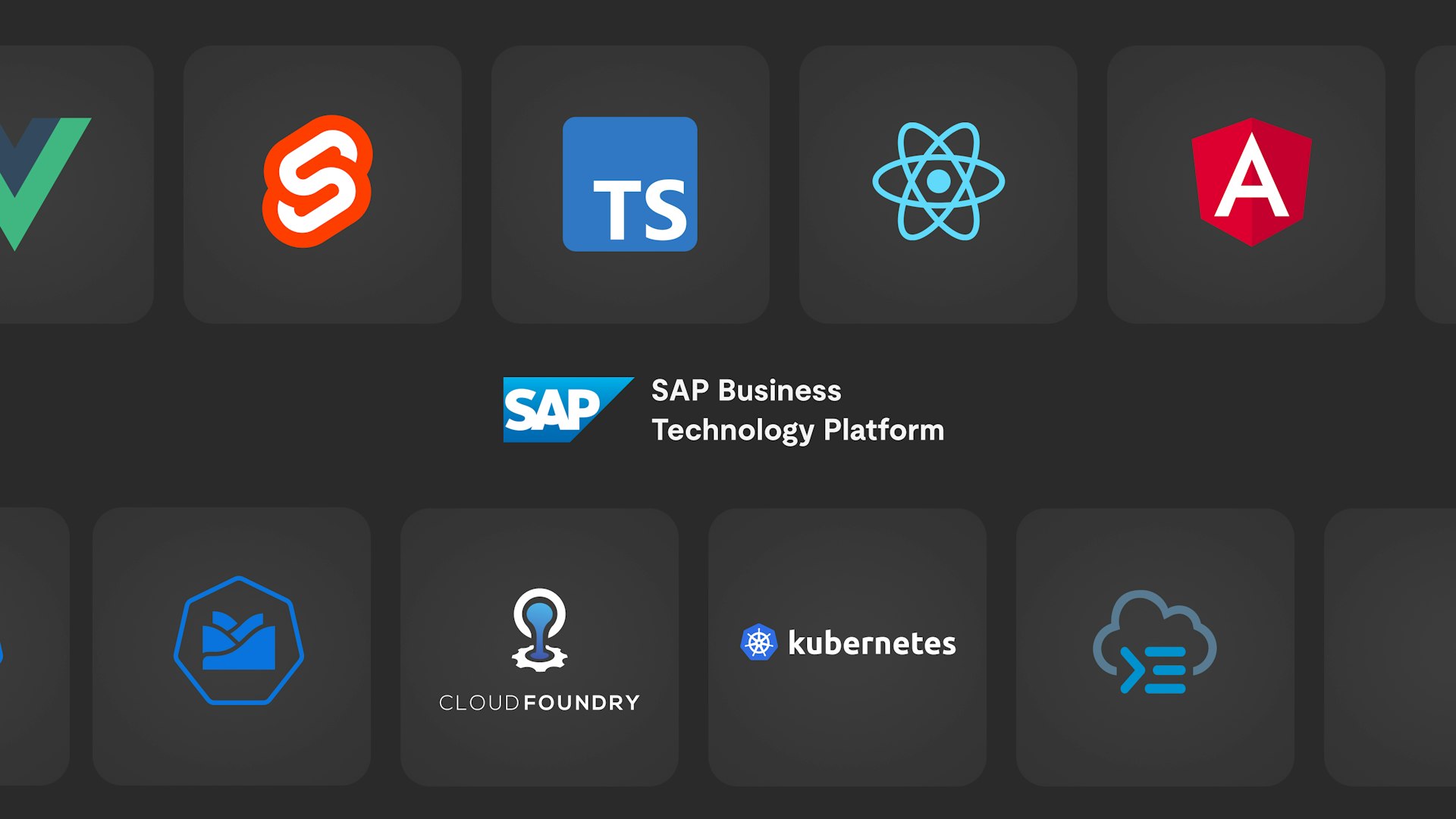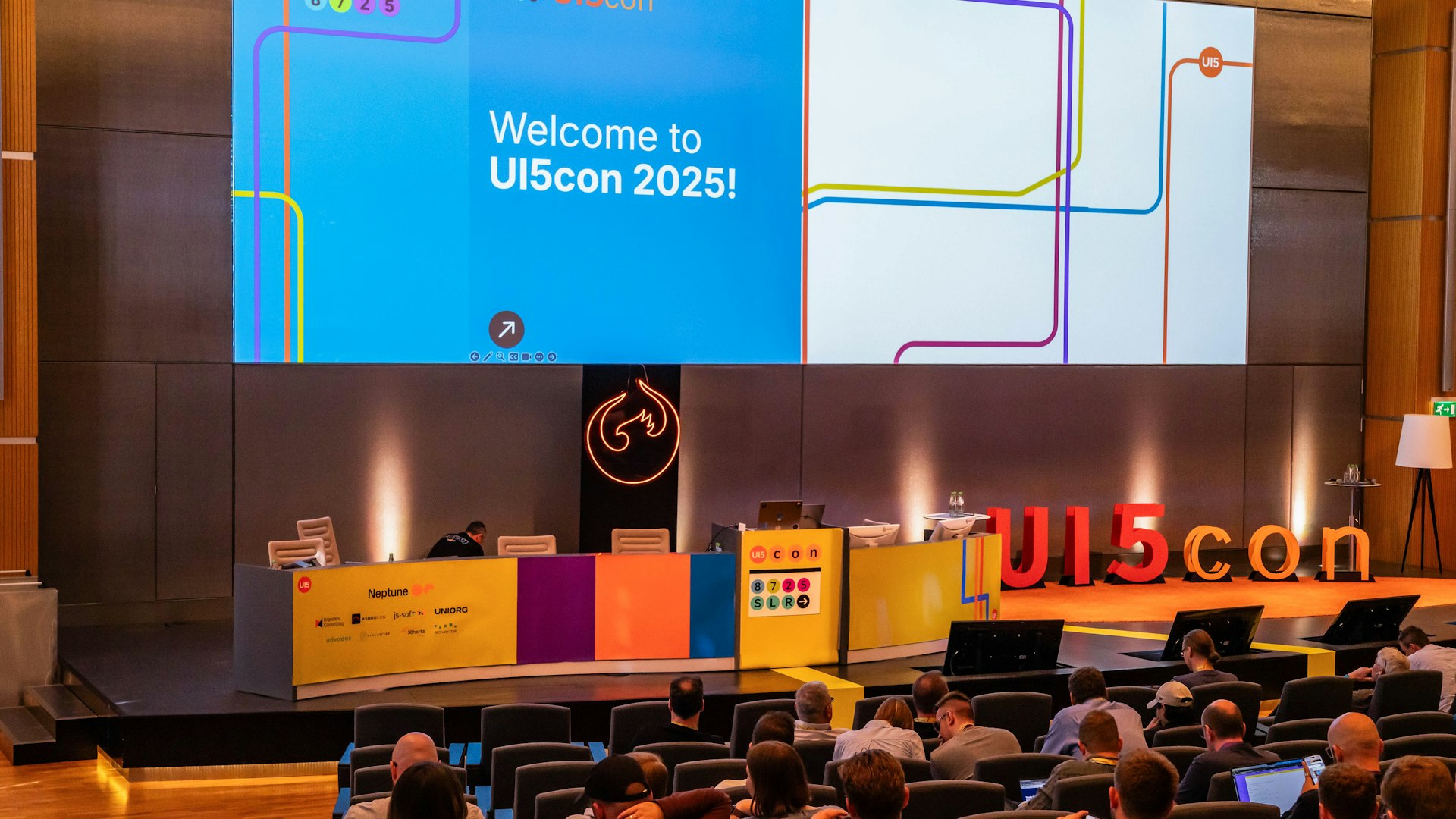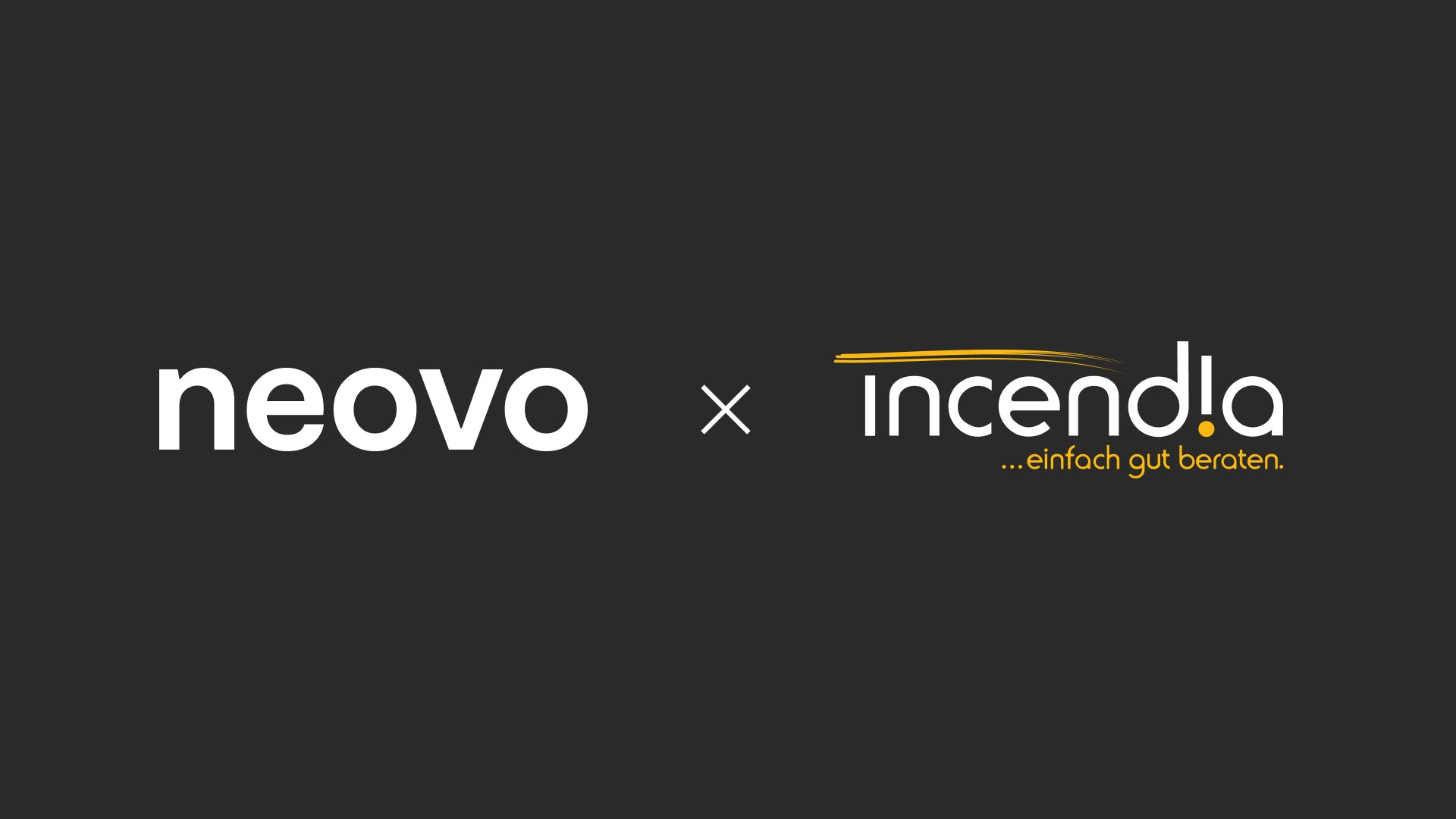Day 2 of CodeConnect 2025, the re>≡CAP
The sessions and discussions clearly showed the direction in which backend development at SAP is moving. Topics related to microservices, integration, and cloud-first approaches were particularly prominent. New CAP features, best practices, and the developer strategy were also discussed in detail.

Our Learnings from Day Two
SAP focuses on easy-to-use CLI tools (
@sap/cds), VS Code plugins, and excellent documentation (https://cap.cloud.sap/).SAP is no longer exclusively extensible through ABAP; Node.js and Java have become standard options.
Much of it is open source and actively driven by a strong community. CAP can therefore be used outside of the SAP ecosystem as well.
Interoperability with open source stacks is easily possible and explicitly encouraged (e.g. K8s, Prometheus, OpenTelemetry).
Enterprise features like multi-tenancy, extensibility, and scalability are key focus areas.
SAP services offer everything needed to implement low-latency or real-time applications (Kafka / Event Mesh).
AI-assisted development for schema generation, code completion, and documentation is set to become more prominent in the future to further ease the developer experience.
CAP Node.js
For us, as Node.js-affine developers, CAP Node.js is truly a great thing. It allows us to avoid context switching between backend and frontend, and performance is sufficient for most applications.
SAP is clearly trying to learn from the past, where standard modules were extended in uncontrolled ways—leading to technically and economically challenging migrations when upgrading to new SAP versions.
The CAP approach is: “What, not how!”
The focus is clearly on the domain (Domain Driven Design), not on the implementation details. Rapid development cycles are made possible by running everything locally. Missing interfaces are mocked automatically, making testing simple.
Extensibility through a hexagonal architecture allows for any kind of extension—core or third-party—without having to change the existing logic or data structures.
The @sap/cds-dk development toolkit provides an entry point for various tasks:
Example
We assume you have Node ≥ 22 installed and are familiar with using the terminal.
Install the cds CLI
bash
KopierenBearbeiten
npm add -g @sap/cds-dkCreate a demo project using cds
bash
KopierenBearbeiten
cds init demo --add sample
cd demo
npm i
npm startIf you open http://localhost:4004 in your browser, you'll see a generated overview showing both an OData service and a Fiori preview—all created in under a minute!
The core code for this looks like:
graphql
KopierenBearbeiten
// srv/cat-service.cds
using my.bookshop as my from '../db/schema';
service CatalogService {
@readonly
entity Books as projection on my.Books;
}graphql
KopierenBearbeiten
// db/schema.cds
namespace my.bookshop;
entity Books {
key ID : Integer;
title : String;
stock : Integer;
}From here, you can easily add features such as database selection, SAP services, UI5 integration, Helm charts for K8s deployment, and much more—directly via the cds CLI. We'll share a dedicated post with more details on CAP with Node.js soon—promise!
We feel just as comfortable in CAP with Node.js as we do with UI5, because we can apply our many years of web development experience to the SAP universe. This means staying economically viable for customers while gaining a technological edge.
Thank You to SAP and the Community
A heartfelt thank you to the SAP team for the well-thought-out planning and execution of re>≡CAP. The technical organization was flawless, and the atmosphere encouraged productive discussions.
We particularly appreciated the openness of the SAP developers and product managers who shared their experiences and insights into upcoming features with such transparency.
A big thanks also goes out to all the participants and community speakers whose contributions and questions truly brought the event to life.
Conclusion on CodeConnect 2025
CodeConnect 2025 offered a comprehensive overview of SAP’s entire web ecosystem through the combination of UI5con and re>≡CAP. While the first day focused on the frontend future with web components and modern development approaches, the second day highlighted the possibilities and directions in the backend space.
The event once again made it clear that SAP is consistently pursuing its journey into the cloud and toward modern development paradigms—both on the frontend and backend.
We're already looking forward to the next CodeConnect and to the continued evolution of the SAP ecosystem!




